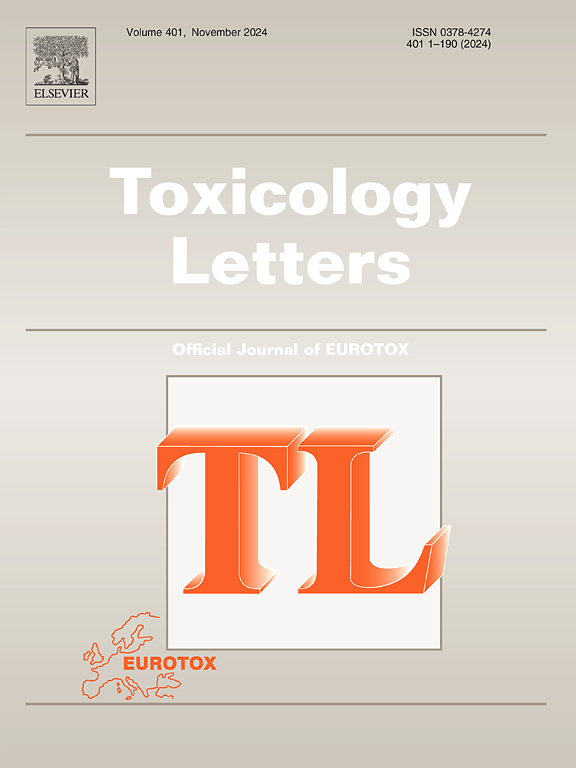墨西哥学龄儿童环境农药暴露及其与血液学参数和炎症指标的关系
IF 2.9
3区 医学
Q2 TOXICOLOGY
引用次数: 0
摘要
很少有研究调查农药暴露与儿童免疫炎症指数之间的关系。我们对来自三个不同农业生产水平的墨西哥社区的369名学龄儿童进行了横断面研究。采集血液样本计算免疫炎症指数,并对每个社区随机抽取的30名儿童的洗手样本进行农药代谢物分析。测定每个社区汇总样本的尿二烷基磷酸盐(DAP)。多变量logistic回归模型评估了农药暴露与免疫炎症指数(>中位数vs。本文章由计算机程序翻译,如有差异,请以英文原文为准。
Environmental pesticide exposure and its association with hematological parameters and inflammation indices among school-aged children in Mexico
Few studies have investigated the association between pesticide exposure and immune-inflammatory indices in children. We conducted a cross-sectional study of 369 school-aged children from three Mexican communities with varying levels of agricultural production. Blood samples were collected to calculate immune-inflammatory indices, and pooled hand-washing samples from 30 randomly selected children per community were analyzed for pesticide metabolites. Urinary dialkylphosphates (DAP) were determined in pooled samples per community. Multivariable logistic regression models assessed associations between pesticide exposure and immune-inflammatory indices (>median vs. <median). We detected ten classes of pesticides in hand-washing samples, including benzimidazoles, carbamates, neonicotinoids, organochlorines, organophosphates, and N-(phosphonomethyl)glycine. Total pesticide residue concentrations were 6.6 µg/L and 5.5 µg/L in the two highest production communities, compared to 0.3 µg/L in the reference community. Bifenthrin, chlorpyrifos, malathion, and carbendazim were present across all communities, with AMPA (a glyphosate metabolite) in the highest concentrations in agricultural areas. Urinary DAP were significantly higher in children from agricultural communities. Children in the largest agricultural community had lower hemoglobin and lymphocyte counts but higher neutrophil and eosinophil counts. Regression models showed increased odds of elevated systemic inflammation indices, particularly in children from the two highest production areas. Our adjusted models revealed significant associations between pesticide exposure and platelet-to-lymphocyte ratio (PLR), neutrophil-to-lymphocyte ratio (NLR), and eosinophil-to-lymphocyte ratio (ELR), in community B compared to community C, emphasizing the need for targeted interventions in high-exposure communities.
求助全文
通过发布文献求助,成功后即可免费获取论文全文。
去求助
来源期刊

Toxicology letters
医学-毒理学
CiteScore
7.10
自引率
2.90%
发文量
897
审稿时长
33 days
期刊介绍:
An international journal for the rapid publication of novel reports on a range of aspects of toxicology, especially mechanisms of toxicity.
 求助内容:
求助内容: 应助结果提醒方式:
应助结果提醒方式:


